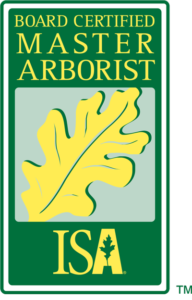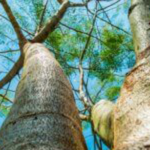The Heart of the Matter – Vascular Wilt in Trees
Vascular Wilt in Trees – Trees are living organisms that breath, grow, and reproduce. We like that trees also help create oxygen for humans through photosynthesis of the leaves. However, what happens when our most loved and desired trees begin to decay. The inside of a tree is built of many different layers. When looking at a cross section cut, it is easier to see the sapwood, and heartwood within. The heartwood is typically darker in color and is in the middle of the cross section. It is also the largest structural portion of the tree, providing it’s volume and strength. So what happens when this begins to rot, due to any number of issues, whether it be a bacterial, fungal, or poor environmental condition. A tree, although diseased and decaying on the inside, can still appear healthy with a full canopy. Yet still have a slew of issues within. A tree in this type of weakened state can pose a potential hazard to surrounding buildings or other structures. There are several ways to find out whether a tree is compromised due to heartwood decay. Whether it is by a pressure resistant drill, or sound wave device that can detect the density of the tree.
Remember a tree can appear to be healthy, yet still have underlying issues that cannot be seen by the naked eye. If you are concerned about your tree, and harm it could potentially cause, call the experts at Action Tree Care. We will come out, take a look, give you an honest appraisal, and a free estimate to correct the tree or trees in question. We specialize in tree removal, tree trimming, pruning, and canopy raising.


